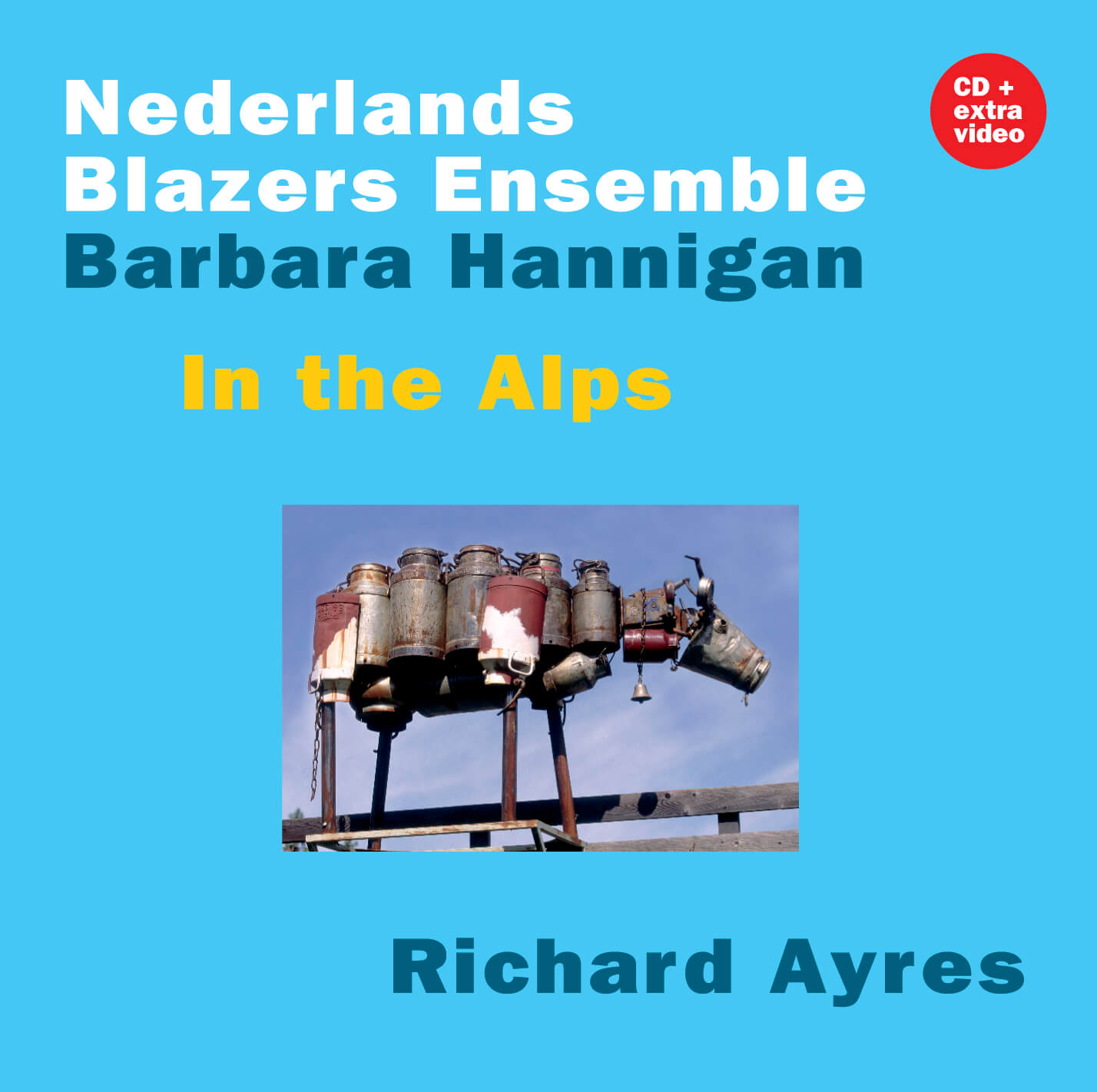Description
Barbara Hannigan soprano
It’s tough going in the Alps. How many mountaineers end up plunging to their death? How many yodels of distress are hurled into nothingness, unheard by a living soul? Only the mountains know, and they won’t break their grim omerta. ‘Mountain Melodrama’ is Richard Ayres’ attempt to penetrate the silence of the Alps. In words and sounds, he tells the story of twin souls torn asunder and overcome with loneliness and desire. Of course mountains take no notice of such trivial human dramas. Nature has its own plane of existence, ruled by different laws of time and perception. “I’m a film maker at heart”, admits Ayres. “All my works try to call up visual images in the heads of the audience. Sergei Eisenstein and Andrei Tarkovski taught me about montage and sense of time. And
I’m fascinated by those semi-silent films from the ‘twenties, when studios first began experimenting
with sound. An iconic figure in that respect is the German director Arnold Fanck, who pioneered the
genre known as ‘Bergfilm’ (‘mountain films’), shooting in the Alps. His films are full of spectacular mountainscapes, pathos and heroism. I have a soft spot for him, even though Fanck’s reputation was
tarnished by his inclusion of propaganda.”
In both film and music, the Alps have turned out to be a recurring element in Ayres’ career. Two of his
musical heroes – Gustav Mahler and Richard Strauss – made exhaustive use of mountain lore and imagery in their symphonic works, which are peppered with cowbells and breathtaking panoramas. In addition, Ayres likes to go foraging in the plentiful pastures of the folk music tradition. He has long been fascinated by yodelling and the sounds of the alpine horn, which can still be heard in the more remote parts of the Alps. When the soprano Barbara Hannigan – whose talent for vocal gymnastics has made her a hot property – mentioned in passing that she was interested in yodelling, a plan was born. Ayres would write her a ‘Mountain Melodrama’, welding together the visual idioms of film, the stylings of serious as well as popular music, and Alpine narrative. During the performance, surtitles display the full text of Ayres’ compact libretto. “The words add an extra dimension”, comments Ayres, “even though the music tells the actual story. The words and the music diverge at times. One might argue that the words are in some way part of the music; they add a sense of ambiguity. After all, there is more than one way to visualise the story. It’s perhaps best to see it as a kind of silent movie, only with music instead of film.”
(c) Saskia Törnqvist






